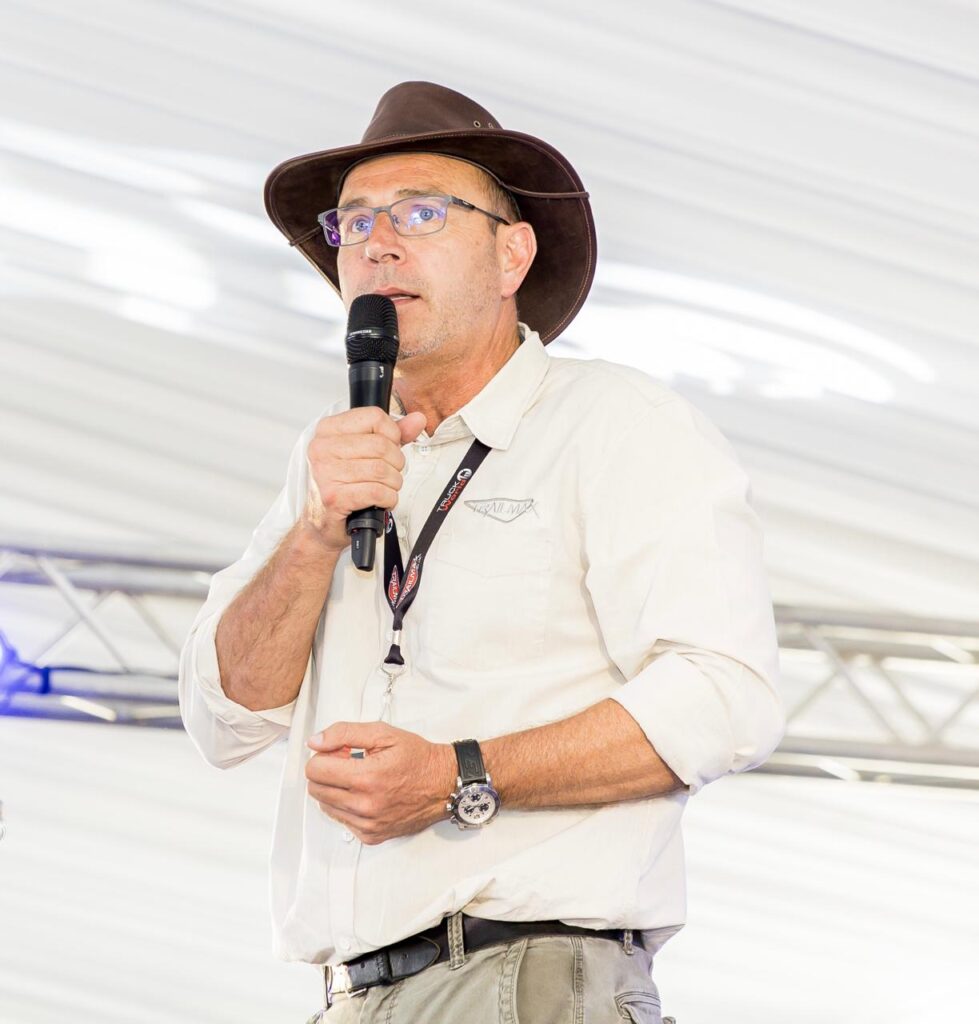By Albrich van Niekerk, Group CEO, Trailmax.
As the sidetipper market began its downward slide in September 2023 – ultimately crashing in January 2024 – industry insiders anticipated a short-lived correction. A three-to-six-month downturn, they thought, to match the uncertainty both locally and abroad. But what followed was something far more prolonged.
South Africa prepared for its most highly contested election since 1994, ultimately resulting in the formation of a Government of National Unity – a formal title for an unstable coalition. Simultaneously, global markets struggled to adjust to the re-election of Donald Trump and his assertive return to global politics has since rattled the financial world.
Back home, the political establishment was dealt a sobering lesson. The electorate made it clear that broken and political platitudes were no longer enough. Within the transport industry, we were already battling a perfect storm: oversupply of vehicles, shrinking demand for transport services, and the steep devaluation of assets. Equipment prices fell by as much as 40% in 2024 – a hard reality, but a necessary reset for many.
Eighteen months into this extended down-cycle, even seasoned economists remain at a loss to explain the extent and endurance of this slump.
Yet amid the chaos, resilience has emerged. Operators have streamlined operations, trimmed excess and learned to run leaner, more efficient businesses.
Unfortunately, desperate times have also ushered in questionable tactics. OEMs have adopted increasingly aggressive – and at times unethical – sales strategies to maintain cash flow. Meanwhile, the agricultural sector finds itself with record yields stuck on fields, unable to be transported due to on-going logistical challenges. Just seasons ago, these same fields were barren after a crippling drought.
The national budget process added further embarrassment to an already strained economic narrative. The mismanagement has not only affected fiscal outlooks but stirred political crosswinds, even prompting rare co-operation between parties like the EFF and DA.
In the used truck market, buyers hold all the power. European trucks in exceptional condition now outperform their Chinese counterparts on price and quality. The Chinese brands are not going anywhere but they must now compete in a mature and price-conscious market.
Trailers, historically more stable assets, continue to depreciate at a slower rate, making them a sounder investment under current conditions.
The challenge now lies with our financial institutions. It is imperative they avoid knee-jerk reactions. Structured, strategic support will be vital in managing this market reset.
OEMs would also do well to read the room: flashy promotions and “Friday specials” are out of place in a sector grappling with survival. This is not the time for gimmicks. It’s the time for grounded, realistic business support.
What lies ahead for 2025 remains uncertain. But one thing is clear: with hard work, sound financial practices and a return to fundamentals, the transport sector will emerge stronger, wiser, and more resilient. Because without trucks, South Africa stops.
Ends




